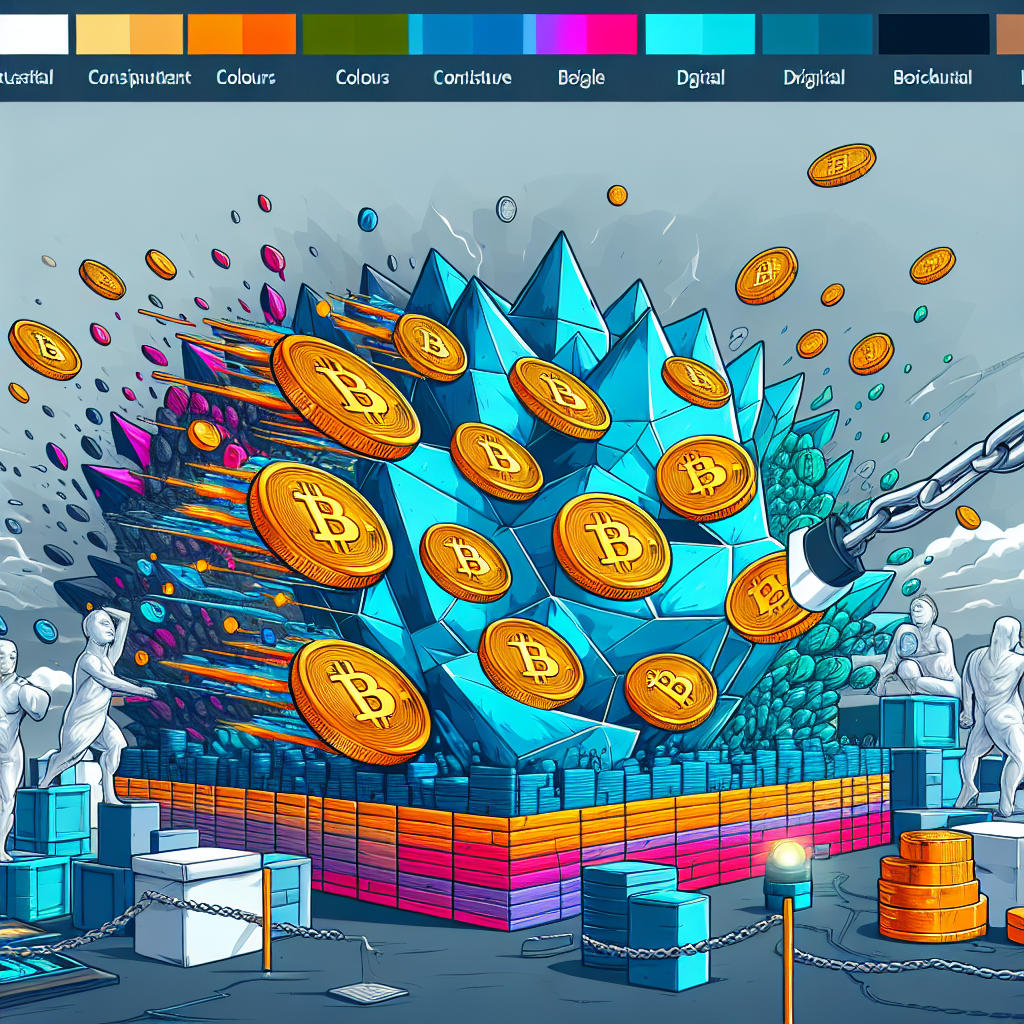Delve into the intricacies of Avalanche's innovative three-chain architecture which is revolutionizing the blockchain technology.
Renowned for its revolutionary approach, the Avalanche blockchain platform has gained traction in the technological industry. A standout feature that accentuates its uniqueness is a remarkable three-chain architecture. This design promises scalability, robust security, and efficient execution of smart contracts, reinventing the way conventional blockchains operate.
The Core Characteristics of Avalanche
Avalanche, unlike its predecessors, follows a custom protocol called the Avalanche protocol. This protocol distinguishes itself by demonstrating high throughput, low latency, and inherent scalability while maintaining a strong security system. Consequently, it supports tens of thousands of nodes, fosters sub-second confirmations of transactions, and can process thousands of transactions per second.
Understanding the Three-Chain Architecture
The foundation of Avalanche’s structure is its unique three-chain architecture, which includes the Exchange Chain (X-Chain), the Platform Chain (P-Chain), and the Contract Chain (C-Chain).
These chains are not merely standalone entities but rather work cohesively to deliver the optimal blockchain experience.
The Exchange Chain (X-Chain)
The X-Chain is focused on creating and exchanging assets. It enables users to trade various digital assets and also issue new ones and has been designed to handle a vast array of transaction types in a simple, secure, and seamless manner.
The Platform Chain (P-Chain)
The P-Chain functions as the coordination layer for the Avalanche network. Its primary role is to handle the network’s validators, their staked AVAX, and handle subnets, which are custom blockchains within the Avalanche network.
The Contract Chain (C-Chain)
The C-Chain primarily handles smart contracts. Its function is modelled after Ethereum’s, making it compatible with all existing Ethereum tooling, virtual machine languages, and contracts. This interoperability allows fast and secure execution of Ethereum contracts on the Avalanche platform.
Advantages of the Three-Chain Structure
The three-chain structure of Avalanche offers an array of benefits that enhance the overall functionality of the platform.
- Scalability: By employing a three-chain architecture, Avalanche achieves high scalability. It can handle an increasing number of transactions and participants without compromising on speed or security.
- Interoperability: This architecture enables different blockchains to interact with each other, broadening services and improving user experience.
- Security: The structure enhances security by segregating duties across three chains, reducing the susceptibility of the system to attacks.
Final Thoughts
The innovative three-chain architecture of Avalanche sets it apart from conventional blockchain systems. Its unique structure supports scalability, enhances security, and improves interoperability. Moreover, the Avalanche protocol offers faster transaction rates, sub-second confirmation times, and supports thousands of nodes. All in all, Avalanche is revolutionizing the landscape of blockchain technology with its unique design.






